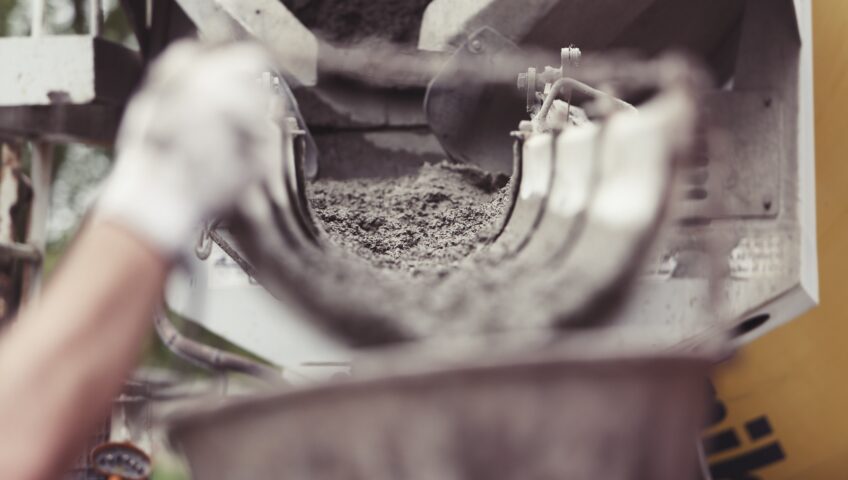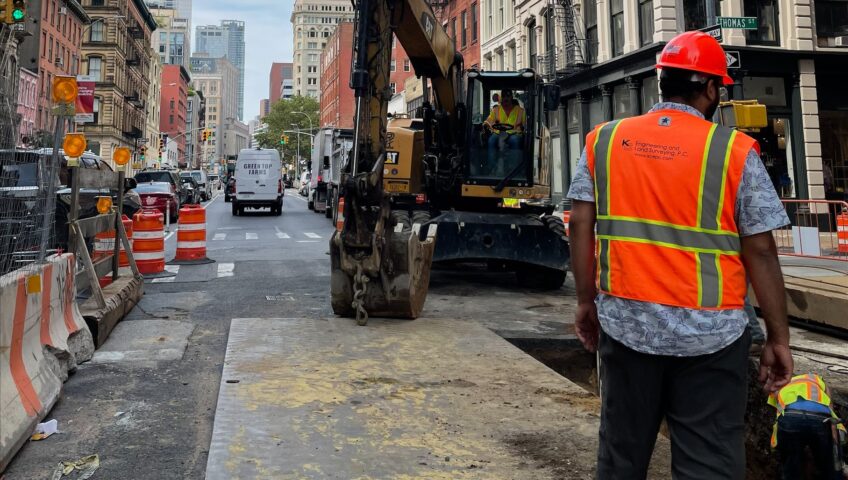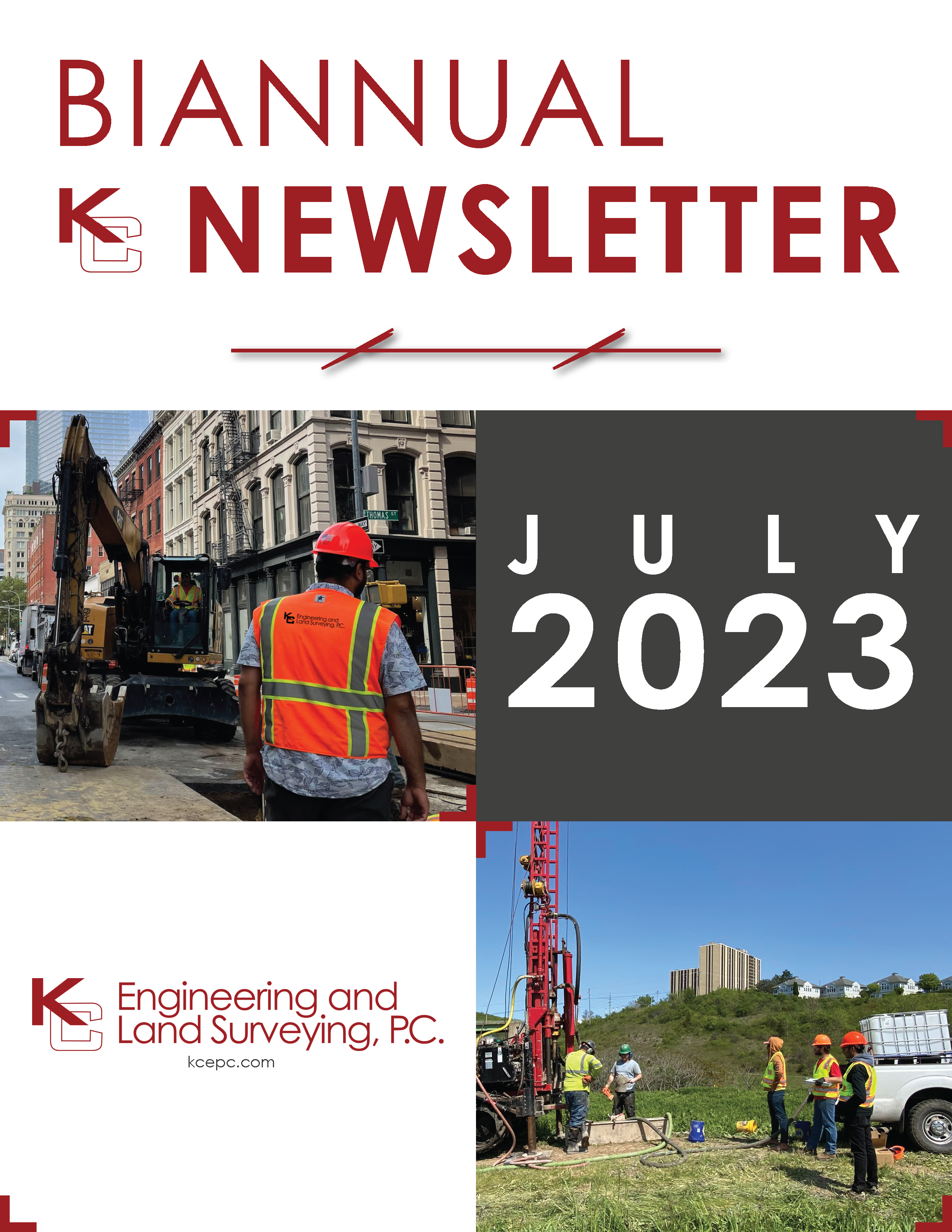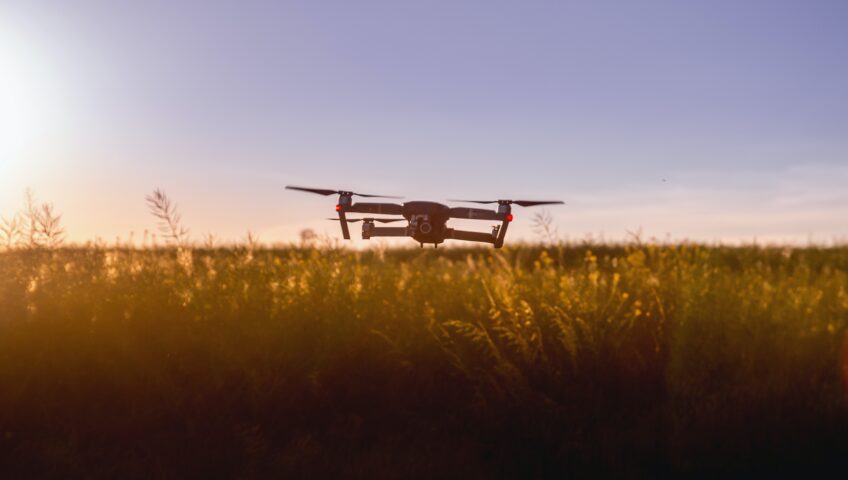Designing effective and high-performing mechanical systems requires an understanding of fluid flow, an essential element of mechanical engineering. The area of fluid mechanics, known as “fluid flow,” focuses solely on the properties and motion of fluid. We must also be aware of the numerous varieties of fluids when analyzing fluid mechanics: real fluid, ideal fluid, Newtonian fluid, non-Newtonian fluid, and ideal plastic fluid comprise some of the various kinds of fluids that have been recognized in the mechanical engineering industry.
The descriptions of these fluids are as follows:
- Real fluids can be compressed and possess viscosity and surface tension. Some examples of real fluids are castor oil and petrol.
- Ideal fluids are supposed to be both incompressible and viscous. Some examples of ideal fluids are water and air.
- Newtonian fluids are ones whose viscosity is independent of the rate of stress. Some examples of Newtonian fluids are gasoline, water, and alcohol.
- Non-Newtonian fluids have a variable viscosity that can become either more liquid or more solid when subjected to force. Toothpaste, butter, and soaps are examples of non-Newtonian fluids.
- Ideal plastic fluids are referred to whenever a particular requirement is met, such as shear stress being equivalent to the gradient of velocity and also being greater than the yield rate. An example of an ideal plastic fluid is clay.
The flow of fluid has a significant impact on how quickly a product moves via a pipe, the duration it requires for it to settle or dry out, and how quickly the fluid gets distributed into packaging components. Therefore, fluid flow is necessary to make sure fluid control procedures are safe, effective, and affordable.







